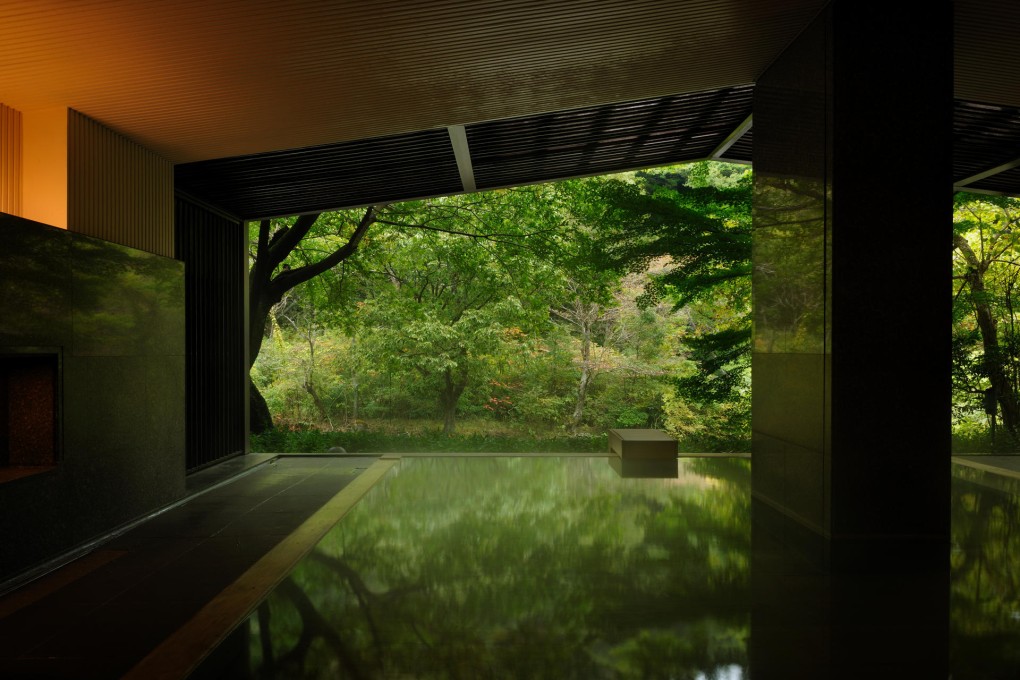Kai Hakone hotel is a good jump-off point for Mt Fuji
The Kai Hakone hotel is an ideal base for visits to Mt Fuji, writes Graeme Greene

Awarded Unesco World Heritage Status last year, Japan's Mt Fuji has inspired the work of painters and poets, as well as religious rituals and pilgrimages, for more than 900 years.
In Tokyo, a local woman told me many Japanese people hope to climb the 3,776-metre peak once in their lifetime - but only once. "To climb Mt Fuji once makes you wise," the saying goes, she told me. "To climb it twice makes you a fool."
Kai Hakone is well located for Mt Fuji. The hotel is just 10 minutes by taxi from Odakyu Hakone Yumoto station (about 90 minutes from central Tokyo by train) and the tourist train to Mt Fuji leaves from the same station in the town. It's a boutique hotel in the style of the traditional ryokan (Japanese inn), but it mixes a traditional feel with modern art.
Rooms are quite minimalist in style, with classic Japanese tatami mats on the floor, sliding paper doors and walls and soft comfy futons. Mine has a big glass window/door that slides open onto a balcony with a view of crisp green forest and the Sugumo River. The sound of the rushing river is never far away during my time here.
Guests are provided with traditional yukata (cotton kimono) and wooden slippers to wear. The rooms have big televisions and iPads loaded with information about the hotel and surrounding area.
I make my way over to the main building along pathways lined with tall, green bamboo trees. About half of the hotel staff speak perfect English. All are friendly and willing to help, not just around the hotel but with maps, information or planning your time in the area. I head into town and catch a train and then the cable car to get a view of Mt Fuji.
All the new attention must have made it shy; the peak's obscured by thick grey cloud. But that feels like a good reason to come back this way again and, for now, to spend more time at back at the hotel.